If you read the book carefully, I hope that all the used neglections/simplifications are mentioned in the book. Simplifications are OK - however, they must/should always be mentioned.
Certainly, the shown expression for r_in is, indeed, a simplified formula. This becomes clear because even the base-emitter resistance (hie=rbe) is not included in the expression.
Regarding your question: The series connection (ro+Rc) is in parallel to 2R_EE because both are connected between a common node (between re and R_EE) and ground. In the given formula, Rc is neglected in comparison to the value of ro (ro>>Rc).
More than that, the input resistances are small-signal parameters. That means that they are differential (dynamic) terms and should therefore - in contrast to static quantities - always be identified by small symbols (r instead of R).
Example: I have used a symbolic simulation program for computing the common-mode input resistance for 2 cases:
Case 1 (ro infinite): 2ri_cm=hie+(beta+1)2R_EE (with hie=rbe).
Case 2 (finite ro): The resulting expression is too long for reproducing it here: A quotient with 9 separate expressions in the numerator and 4 expressions in the denominator.

